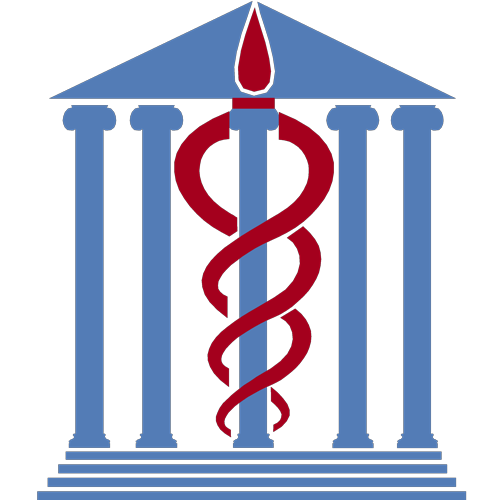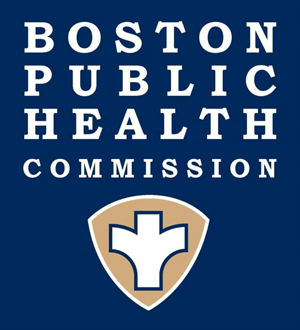Public Resources
Public Resources
PPE for First Responders
Those first responders to initially arrive at a hazardous materials event will face greater dangers than first receivers due to the nature of their work and the environment in which it is performed. The majority of their operations will likely be directly in or around the hot and warm zone(s) near the site of the hazardous materials release. Concentrations of hazardous materials will likely be, or have the potential to be, above Immediately Dangerous to Life and Health (IDLH) levels, while oxygen levels could be well below 19.5%.
A. Chemical Protective Suit for First Responders
Those trained to the hazardous materials technician level are the only individuals that should be permitted in the hot zone in order to conduct offensive operations. These Technicians may have to handle or will inadvertently come into contact with hazardous materials as part of their duties, which may include: product identification, obtaining samples, air monitoring, control and/or containment, site characterization, and rescue. In order to conduct these activities safely, the type of chemical protective suit chosen is as equally important as the training received.
Chemical protective clothing and totally encapsulated chemical- and vapor-protective suits designed specifically for hot zone operations are costly. This is due in large part to the fact that hazardous materials Technicians will often not know exactly what material they will encounter in the hot zone, therefore their suits must be of high quality and capable of protecting the wearer against the most hazardous of materials for a significant amount of time.
B. SCBA Respiratory Protection
According to OSHA, “Respirators chosen initially for responders going into a known release area where CBRN are suspected should be a positive pressure SCBA with a fully encapsulating protective suit until monitoring results allow for other decisions.” Additionally, respiratory protection for first responders should include an SCBA with an APF of no less than 10,000 PPM.5
SCBA and/or tight-fitting masks fitted with CBRN filter canisters are the two primary forms of respiratory protection used by first responders at a hazardous materials event. Tight-fitting mask respirators with Air Purifying Respirators (APR), while less expensive, do not provide the same level of protection and cannot be used in an oxygen deficient environment. However, they do allow the first responder to remain in a hazardous materials environment for a far greater period of time.
Properly using an SCBA system is a technical skill that must be taught and continually trained in order to maintain safety. SCBA systems require regular maintenance by the end-user and consistent service by licensed technicians. They have both advantages and disadvantages.
Advantages of an SCBA:
- Provides the highest form of respiratory protection available
- Allow operations in an oxygen-deficient (less than 19.5%) environment
- Allow operations in Immediately Dangerous to Life & Health (IDLH) environments
Disadvantages of an SCBA:
- High equipment, maintenance and training costs
- Bulky, may impair mobility in confined spaces
- Somewhat heavy
- Bottles limit wearer to 30 - 75 minutes of air
- Bottles cannot safely be changed in a contaminated environment
C. SCBA Components
The following is a list of common SCBA components:
- Cylinder Assembly - provides user with an air supply
- cylinder
- cylinder pressure gauge
- cylinder valve system
- Backpack and Harness Assembly
- remote pressure gauge
- pressure reducer coupling
- pressure reducer
- adjustment band
- 1 audible and 1 visual alarm
- back plate
- shoulder harness
- waist strap
- Face Piece Assembly - provides users with uncontaminated positive pressure air
- face piece
- head harness and straps
- exhalation valve
- low air alarm (in higher-priced models)
- Regulator Assembly - controls and regulates the flow from cylinder pressure to usable pressure
- regulator
- purge knob
- air saver switch
- breathing tube
- air supply hose
- by-pass valve
- mainline valve
D. SCBA Maintenance and Care
Special considerations for firefighters:
In that vast majority of jurisdictions around the U.S., local fire departments have been tasked or have volunteered as the lead agency for responding to hazardous material events, and therefore will have the greatest likelihood of spending significant time in the hot and warm Zones. Only those firefighters who attain the technician level training should be authorized to be a member of a hazardous materials offensive response team.
Firefighters wishing to attain the Hazardous Materials Specialist certification must first demonstrate a specific knowledge of various chemical substances. According to OSHA, the duties of a Specialist “require a more directed or specific knowledge of the various substances they may be called upon to contain.”6
E. SCBA Inspection Procedures
“For SCBA's, which require monthly inspections, the air and oxygen cylinders must be maintained in a fully charged state and recharged when the pressure falls to 90% of the manufacturer's recommended pressure level. In addition, the regulator and warning devices must be inspected to ensure that they function properly.” – OSHA
1. Check for:
- Damage to straps and buckles
- Waist strap mechanism functionality
- Cylinder strap and locking mechanism
- Air hose wear and tear
- Face piece wear and tear/discoloration
- Frayed or non-pliable straps
- Breathing hose connection worthiness
- Test low-pressure warning bell or alarm prior to operation
- Pressure gauge working properly when turned on
- Note: There should not be more than a 100 P.S.I. difference in cylinder pressure and pressure gauge readings when both are turned on.
2. Cleaning and Sanitizing Equipment:
- Face Piece
- Some manufacturers recommend butyl rubber be sanitized with a paper towel and isopropyl alcohol, followed by a rinse with regular water
- Dunking in warm, soapy water, followed by a dunk in clean water is also adequate. If utilizing this technique, hang face piece out to dry
- Some manufacturers recommend butyl rubber be sanitized with a paper towel and isopropyl alcohol, followed by a rinse with regular water
3. Cylinder Testing:
- Hydrostatic testing
- Steel/aluminum due every 5 years
- Composite cylinders due every 3 years
Other forms of SCBAs include Closed Circuit and Positive Pressure Air-Line Respirators with Required Escape Unit (Supplied Air Respirator (SAR)).
« Previous | Topic Home | Next »
5 OSHA Website. (n.d.) Retrieved from: https://www.osha.gov/Publications/osha2254.pdf
6 Ibid.

